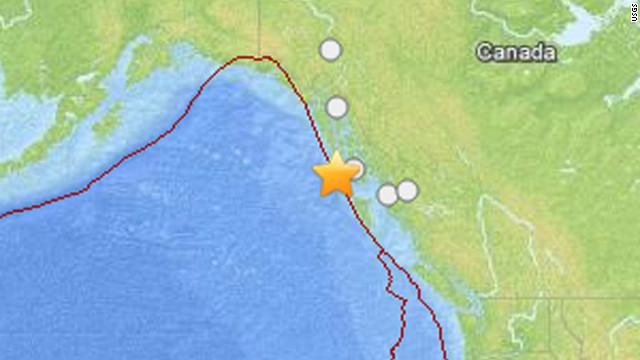



On Good Friday in 1964, the largest earthquake ever recorded in North America struck Anchorage, Alaska. Kenneth Murphy, who directs fema’s Region X, the division responsible for Oregon, Washington, Idaho, and Alaska, says, “Our operating assumption is that everything west of Interstate 5 will be toast.Wallace and Lillian Griffin/Crescent City Printing Co. By the time the shaking has ceased and the tsunami has receded, the region will be unrecognizable. The other side will rush east, in a seven-hundred-mile liquid wall that will reach the Northwest coast, on average, fifteen minutes after the earthquake begins. (Watch what your fingertips do when you flatten your hand.) The water will surge upward into a huge hill, then promptly collapse. Some of that shift will take place beneath the ocean, displacing a colossal quantity of seawater. When the next very big earthquake hits, the northwest edge of the continent, from California to Canada and the continental shelf to the Cascades, will drop by as much as six feet and rebound thirty to a hundred feet to the west-losing, within minutes, all the elevation and compression it has gained over centuries. > Flick your right fingers outward, forcefully, so that your hand flattens back down again. If the entire zone gives way at once, an event that seismologists call a full-margin rupture, the magnitude will be somewhere between 8.7 and 9.2. If, on that occasion, only the southern part of the Cascadia subduction zone gives way-your first two fingers, say-the magnitude of the resulting quake will be somewhere between 8.0 and 8.6. There is a backstop-the craton, that ancient unbudgeable mass at the center of the continent-and, sooner or later, North America will rebound like a spring. (Rocks, like us, get stiffer as they age.) But it cannot do so indefinitely. It can do so for quite some time, because, as continent stuff goes, it is young, made of rock that is still relatively elastic. Under pressure from Juan de Fuca, the stuck edge of North America is bulging upward and compressing eastward, at the rate of, respectively, three to four millimetres and thirty to forty millimetres a year. > Without moving your hands, curl your right knuckles up, so that they point toward the ceiling. Yes "crazy engineering challenges, yada yada yada" :-) This in a conversation about "What do research wildlife biologists do given how much we already know about wildlife on this planet." Any warning could be really really helpful in saving lives. The next time this fault lets go it is going to do a lot of shaking and tidal waving. If you were seasteading that might make for a good destination point where you could set up your power station on the ocean floor.īut another interesting point might be to create some sort of observatory here to take measurements and correlate those with seismic activity of the fault. I often wonder if there is some way to harness these things (seeps) given they often spew methane (which could power gas turbines), and have the kinetic energy in the shooting water which a water turbine could harness. One of the things a marine biologist said to me that struck me was "There are more unexplored areas on this planet than explored, they just happen to be below water." Fascinating stuff, and pretty serendipitous to find it based on a weather hold and a "hmm, that's weird." kind of thing.


 0 kommentar(er)
0 kommentar(er)
